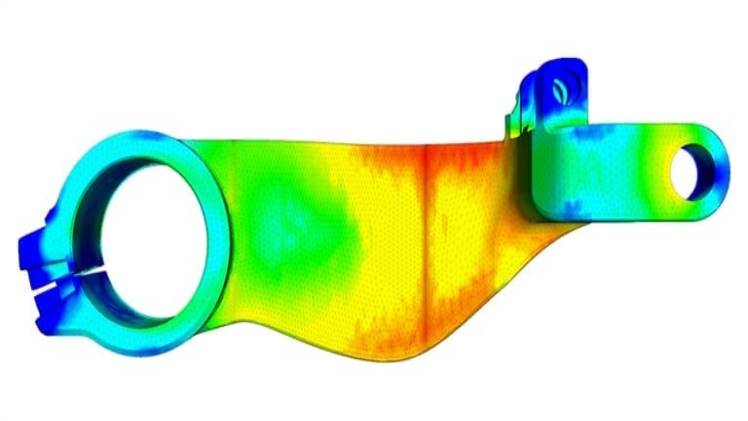FEA Course: A Comprehensive Guide to Finite Element Analysis

Introduction
Creating something from raw materials is an intricate dance involving engineering, architecture, and everything. Have you ever considered how complicated this procedure is? How do engineers and architects determine what materials to utilise and how to assemble them? The solution lies in Finite Element Analysis (FEA), which can accurately and precisely resolve even the most complex problems. Initially, FEA may seem daunting, but fear not! This comprehensive FEA guide will meticulously take you through each step so that you comprehend this powerful tool from start to finish. You will even be capable of utilising FEA on your projects by the conclusion of this guide. Let us begin.
What Is Finite Element Analysis (FEA)?
Are you searching for a complete Finite Element Analysis (FEA) guide? You have come to the perfect place. Let us first take a look at what FEA is. In short, FEA is a method employed to simulate and examine the performance of objects and systems in various physical states. It is implemented in many sectors, such as engineering, aerospace, automobile, etc. FEA assists engineers in modelling how multiple components of the object will interact with each other, thus allowing them to design products with better safety, reliability, and efficiency.
Finite Element Analysis (FEA) divides objects into smaller components. Then it uses mathematical equations to understand how each part will behave under different forces and conditions, such as temperature or pressure. This helps engineers detect weak points in the design and optimise them for enhanced performance, making FEA an invaluable tool for any engineer or technical specialist looking to produce better products.
Benefits of an FEA Course
Learning about FEA can benefit any engineer, product designer or engineering student. FEA is an essential factor in ensuring that the products and designs created can endure any conditions they may face. So what can taking an FEA course do for you?
Here are just a handful of the benefits:
- Accuracy
- Broaden your knowledge
- Improve safety standards
Choose the Right FEA Course
When selecting a Finite Element Analysis program, ensuring the coursework meets your particular requirements and expectations is essential. Because let’s face it, every engineering problem requires a unique and custom solution.
Here are a few things to consider when choosing an FEA course:
- Course Content
- Course Level
- Instructor
Tips and Tricks for Mastering FEA
To make the most of your FEA analysis, you must learn the tricks and tips once you have grasped the basics. The following hints should help you progress smoothly in your FEA journey:
- Get familiar with different types of elements.
- Pay attention to boundary conditions.
- Be careful with contact constraints.
Conclusion
Finite element analysis has a lot to offer in various aspects. From virtually assembling components of a product to accurately simulating real-world environments, FEA can help you with both time and money. Whether you want to understand FEA better or become an FEA professional, a comprehensive FEA course can help you reach your goals. A thorough grasp of the concepts and materials of FEA is paramount as the industry is constantly advancing and modifying; this is indispensable for eventual success.FEA can be challenging, but anyone can get the most out of finite element analysis with dedication, knowledge, and resources.


